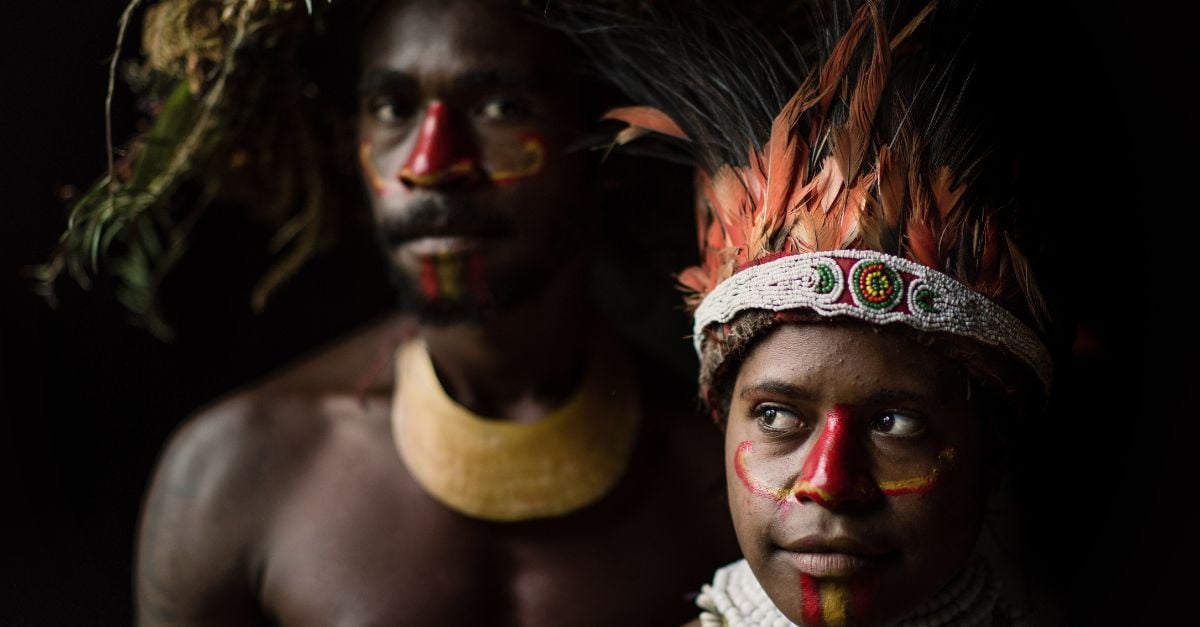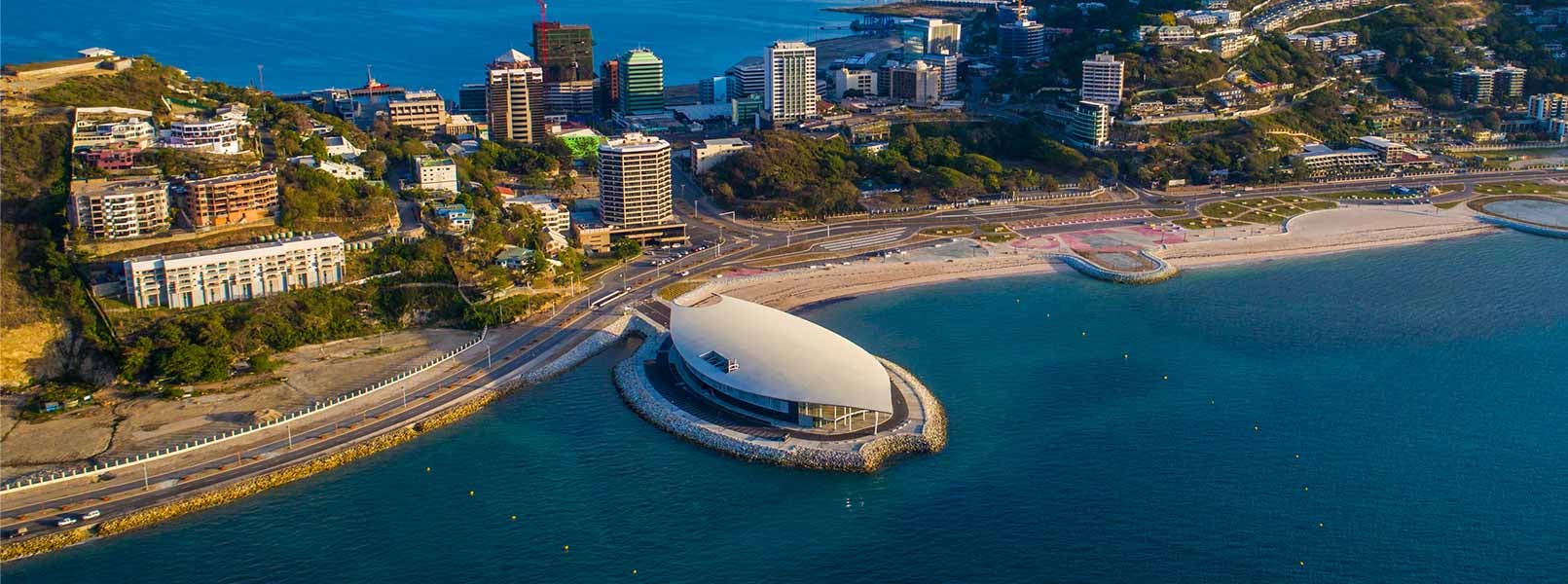Five fascinating Papua New Guinea facts
People and workforce

People and workforce
Papua New Guinea is home to some marvels, boasting unique attractions and diverse cultures. Known as the Land of the Unexpected, the nation lives up to its name, and is filled with interesting sights and sounds. Ranked as the ninth most beautiful country in the world by Forbes in 2022, PNG is rich in culture, nature, and tradition. In this post, we explore just a little of what PNG has to offer.
Papua New Guinea is one of the world’s leading producers of cobalt, a vital resource in a variety of industries but mainly prized as a component in lithium-ion batteries. It’s commonly used in battery cathodes used in electric vehicles, smartphones and laptops.
Cobalt-based alloys are also used in aerospace and defence, where their high-temperature strength and corrosion resistance are useful in components like aircraft engines. Cobalt is also used in industrial processes, such as in catalysts and helping in oil and gas desulfurisation. In medicine, the radioactive isotope cobalt-60 is used for cancer therapy in radiation treatment.
PNG is also a leading producer of copper and gold. For example, the Ok Tedi Mine, located in the Western Province, is one of the largest copper and gold mining operations in the country, and has been a significant source of revenue for the country for years. There’s also the Porgera mine, which only recently reopened at the end of 2023, and which is expected to be a major catalyst for the development of the Enga province.
In addition to large-scale mining, Papua New Guinea is filled with artisanal, small-scale mining. These operations often involve local communities and play a role in the livelihoods of many Papua New Guineans.

Papua New Guinea has over 850 languages, the most of any country in the world. The sheer number of languages is indicative of the diversity of indigenous cultures and communities within the country. But how did this come to be? One argument is that PNG’s terrain – mountainous, wooded and rugged. Because the country is difficult to traverse, people – and their languages – were geographically isolated. Without a central, dominant cultural centre, languages were able to develop on their own. And since many communities in PNG traditionally lived in small, subsistence-based societies, their languages were idiosyncratic and went towards defining the social identity of their communities.

Coffee farms in Papua New Guinea are found in the highland regions, where the climate, rich volcanic soil and altitude are ideal for growing coffee beans with unique flavours. Rich volcanic soil is great for coffee cultivation because it’s nutrient-rich, packed with nitrogen, phosphorus, and potassium, which coffee plants need to grow and develop flavour. Volcanic soil also drains well, which is important to avoid waterlogging, which causes root rot and other diseases in coffee plants. Volcanic soil is also a little acidic, which is desirable for the overall flavour of coffee beans.
Growing organic coffee in PNG involves traditional, sustainable farming. Local farmers use natural fertilisers, avoid synthetic pesticides, and follow environmentally friendly methods to keep their soil and ecosystems healthy. PNG's organic coffee is highly sought after for its unique flavour, often described as well-balanced with hints of fruit and spice. The country's commitment to organic and sustainable coffee and the preservation of the natural environment is internationally commended.

PNG is home to a variety of unique animals, including tree-kangaroos and poisonous birds.
Tree kangaroos can be found in the lowlands and mountain rainforests of Papua New Guinea. Their short legs and strong forelimbs give them the ability to climb. They live an arboreal life – a life spent in the trees. Whereas ground kangaroos use their powerful tails for hopping, tree kangaroos use them for balance when navigating from branch to branch and trunk to trunk. Like their ground cousins, they are herbivores, snacking mainly on leaves, fruit and flowers.
Another endemic PNG animal is the blue-eyed cockatoo, distinguished by – as its name suggests - blue rings around its eyes. It’s one of the largest cockatoo species in the world, growing up to 70 centimeters, and can mainly be found in lowland rainforests, savannah woodlands, and swamps. They’re known for their distinctive vocalisations, which include loud screeches and calls, and their special talent is mimicry - they can imitate different sounds they come across in their environment. The Blue-eyed Cockatoo is known for its elaborate courtship displays. Mating pairs are monogamous and often engage in rituals like synchronised movements and vocalisations. In some indigenous cultures in Papua New Guinea, the Blue-eyed Cockatoo holds cultural significance, and its feathers are used in traditional rituals and ceremonies.
There’s also the tenkile, another species of tree-kangaroo native to a very small area of the Torricelli Mountains of Papua New Guinea, a region with subtropical and tropical dry forests. Tenkiles are known for their unique vocalisations, including grunts and chattering sounds which likely play a role in communication within their social groups and may even help to define their territory.

Mountains and highlands dominate the heart of PNG, with Mount Wilhelm standing proud as the tallest mountain in the country. PNG is nestled in the Pacific Ring of Fire, with several active volcanoes making their presence known in the area on a regular basis. Tavurvur is the best known of these volcanoes and the most active. Coral reefs dot the coastlines of PNG and are some of the most diverse and intact reef ecosystems in the world.
PNG also has lowland rainforests, savannahs and mangrove swamps. This geographical diversity supports a variety of ecosystems and wildlife, including the unique animals mentioned above. Beyond the shores of the main island of New Guinea, an archipelago of smaller islands fills the waters of the Bismarck Sea, each with its own unique geography. Islands like New Britain and New Ireland are notorious for their volcanic activity.
With 15+ years working with client sites in Papua New Guinea, Brunel is well-connected to the local workforce and has a deep understanding of local customs and regulations, placing us in a unique position to support new and growing operations.

Port Moresby